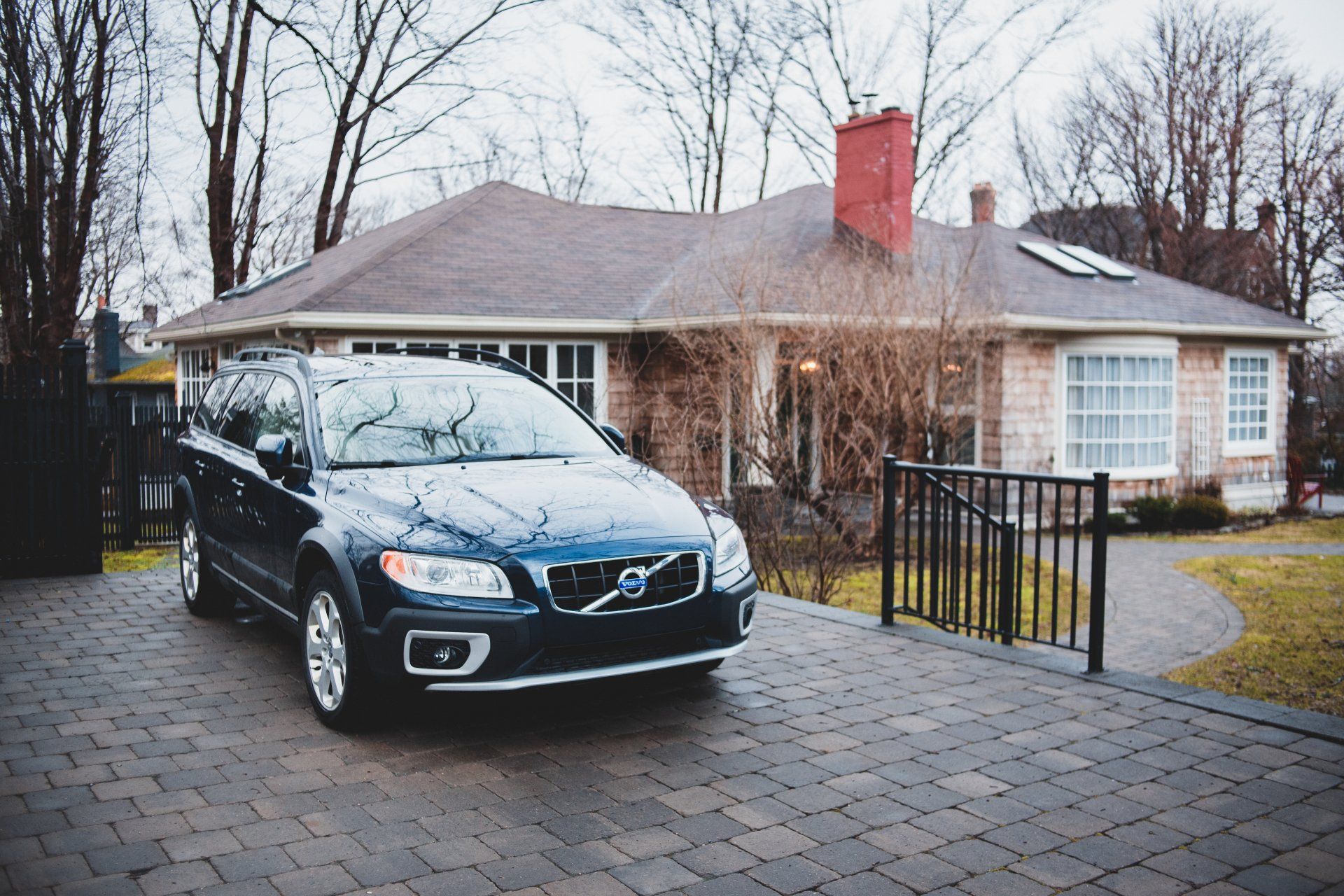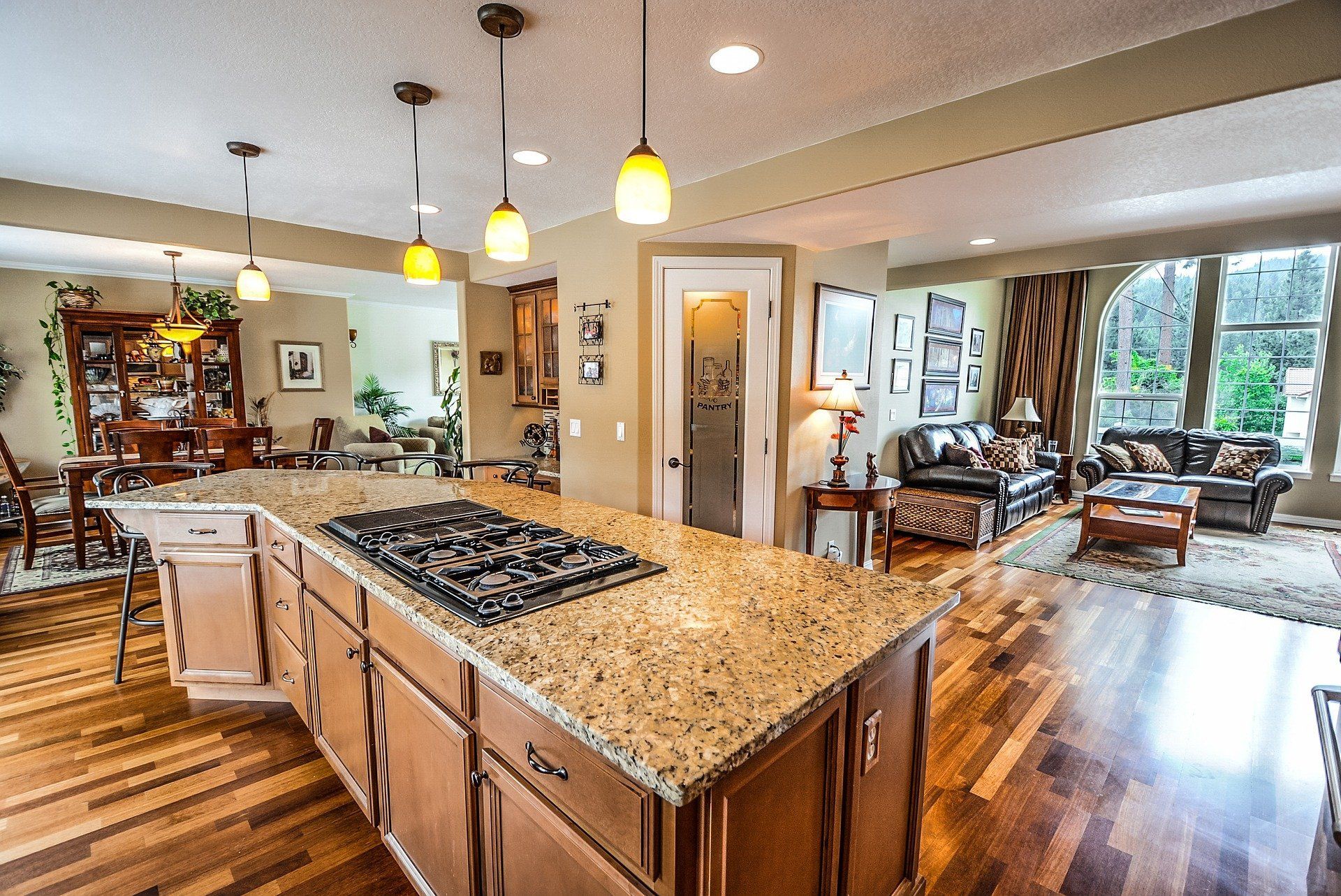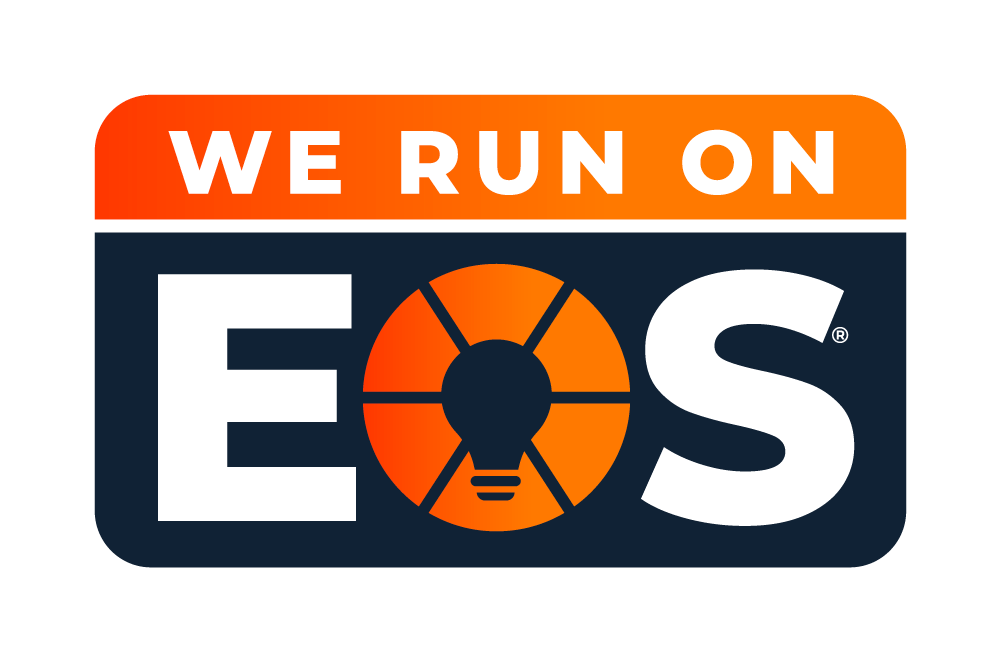Is your Home Underinsured?
In this article we'll highlight a common trend in today's home insurance market and share information on how it might impact you and your policy.
Each year home insurance helps millions of people. When disaster strikes and damages happen to your home this is called a loss because the value of your home is diminished due to the bad thing that happened, called a peril. Homeowners insurance is a contract that transfers the risk from the insured to the insurance company for a cost, called premium. When a loss occurs to your home the insurance company pays for the repairs needed to bring the home back to the condition it was before the loss.
Here's an example: If a hailstorm occurs and damages Bob's roof, Bob can file a claim against his insurance policy, and have the insurance pay for the repairs to the roof, less the deductible.
Now, there are limits to how much the insurance company will pay and these limits are calculated at the time the policy is initially written. Insurance carriers and agents use a replacement cost estimator tool which allows the input of the type of construction and size of the home and then uses up to date material costs and construction costs to estimate the replacement cost of the home. This replacement cost estimate is usually the number used when determining an important limit on one's homeowners insurance: the Dwelling A coverage. Also known as Coverage A, this is the limit the insurance company will pay up to, or maximum they will pay, to bring the home back to the condition it was in before the loss.
In most scenarios, the Dwelling A limit needs to be at least 100% of the replacement cost value of the home. Replacement cost valuation is different from the market value of the home, mainly because the market value includes the value of the lot or land the home sits on, but there are other factors at play. Replacement cost valuation takes into consideration the current cost of building materials and cost of construction to include labor costs.
Over the last two years we have seen material costs skyrocket in the Greenville, SC area, which has been a side effect of the impact COVID-19 had on the global supply chain. Issues with getting materials coupled with the increased demand for materials created an increase in price. To make things worse, inflation has been on the rise in recent months which has contributed to the increase in material costs and costs of construction.
The labor market has followed a similar trend. Demand for skilled workers has increased due to the booming housing market and high demand for housing in our area. This demand has caused an increase in pay which translates to higher costs for the consumer.
Both material costs and construction costs are increasing this year meaning the replacement cost estimate for most people's homes is also increasing. This change in the market causes insurers to increase the dwelling limit on homeowners policies.
Most home insurance carriers adjust the dwelling A limit when they prepare the renewal offer. If the replacement cost estimate increases, then the insurance company increases the dwelling A limit so the home is insured at 100% replacement cost. This means as the replacement cost estimate on your home increases, so should the amount of coverage on your homeowners insurance.
So, is your home underinsured, maybe! Insurance carriers want to make sure your home is covered at 100% replacement cost, but some carriers may not automatically increase coverages at the policy's renewal; it is ultimately the homeowners responsibility to make sure coverage selections are adequate. When in doubt reach out to your agent, update, and review a replacement cost estimate against your current policy limits and ask plenty of questions to make sure you have enough coverage.

This Article was Written by Andrew Anderson, Personal Lines Insurance Advisor at Advisors Insurance Agency
CONNECT WITH
ADVISORS INSURANCE TODAY!
Get in Touch
864-509-0009
INSURANCE SERVICES:
HOW TO:
CONNECT WITH US:
Newsletter
Thank you for subscribing to the Advisors Insurance Agency Newsletter!
Please try again later.
Monday-Friday | 9am-5pm
6 Parkway Commons Way,
Greer, SC 29650
© 2024 All Rights Reserved | Advisors Insurance Agency










